Everything Is Covered in Yellow Dust But It’s Likely Not What’s Making You Sneeze
Spring is an allergy-sufferer's nightmare, and that yellow dust on everything is to blame, right? Not so fast.
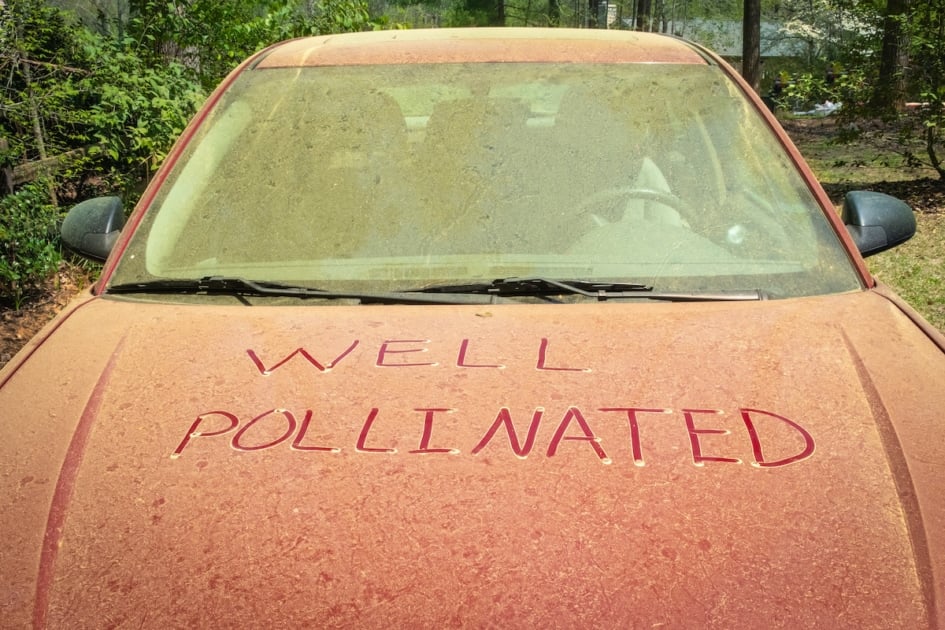
People who suffer from seasonal allergies dread springtime because that’s when nature is busy at work releasing pollen. Trees typically pollinate in the spring which is often evident by the thick layer of yellow dust coating our cars, patio furniture—everything. But is it the cause of your seasonal allergy misery? Maybe not.
From Maine to Georgia to California, the yellow dust is released in the spring (sometimes as early as January) from blooming trees, particularly conifers (cone-bearing trees like pine and fir, for example), turning your vehicle into a yellow powdered sugar donut. And when it rains, puddles of strange yellow film accumulate on driveways, sidewalks, and roadways.
But interestingly, this bright yellow pollen, which looks menacing, is not likely the cause of your sneezing, wheezing, running nose, and general discomfort. According to board-certified allergist and immunologist, Daniel More, MD, it’s the other trees that are releasing their light, dry, airborne pollen at the same time that’s causing most of your symptoms.
He says, “pine pollen tends not to be a major cause of allergic rhinitis because the pollen is relatively heavy and falls directly to the ground. Pine pollen doesn’t tend to blow around in the air much, which is how pollen causes allergy symptoms.”
Trees That Commonly Trigger Allergy Symptoms
If you have a pollen allergy, below are some of the most common trees that are known to bring on the sneeze.
- Alder
- Ash
- Aspen
- Beech
- Birch
- Boxelder
- Cedar – release pollen in the fall, known for Cedar Fever
- Cottonwood
- Elm
- Hickory
- Mountain elder
- Mulberry
- Red Maple
- Silver Maple
- Oak
- Pecan
- Sycamore
- Willow
- Walnut
Additionally, there are certain foods that trigger allergies related to the tree pollen you’re allergic to. For example, if you’re allergic to birch pollen, foods to avoid include almonds, apples, avocados, strawberries, wheat, and more. See the full list of foods known to trigger allergy symptoms. If you discover you get symptoms after eating certain foods, contact your doctor or allergist.
So while the yellow dust may not be to blame for your misery, it’s still a nuisance. But it’s nature, so there’s got to be a reason for it, right?
The Nature Behind the Yellow Pollen
This pollen is produced by conifers and has a purpose other than to make you spend money at the car wash—it’s for the survival of the species.
Most conifers are monoecious, meaning they produce both male and female cones on the same tree. But because a single tree shouldn’t pollinate its own seed cones (you of course want “cross-pollination),” nature has developed its own strategies to minimize self-pollination:
- The pollen cones are positioned lower on the tree than the seed cones. This allows the wind to take the pollen to another tree rather than upward to its own seed cones.
- Stagger when the pollen cones and seed cones mature. The western hemlock, for example, has its seed cones and pollen cones on the same branches, but the seed cones mature before or after the pollen cones release their pollen. Nature is truly amazing!
That’s not to say the yellow powder itself is problem-free. It’s a dusty substance, after all, and you don’t want to be breathing it in. But it’s likely not what’s triggering your allergy symptoms. The good news is that it will be over soon. Another reason to look forward to that first snowfall?
Tips For Dealing With That yellow Dust

- Keep windows and doors shut as often as you can, and run an air purifier.
- Replace/clean the filter on your air-conditioner. A HEPA filter will trap more pollen.
- Wipe your feet before coming indoors.
- According to NAPA.com, it’s smart to wash your car as pollen can damage your finish just like bird droppings, dead bugs, and tree sap.
- It’s a good idea to wax your car, too, as it will help the dust slide off rather than accumulate. “However, skip this step if you are in the midst of a pollen storm; you might find yourself rubbing pollen into your car’s finish and damaging the paint.” Wait for the opportunity to apply wax when pollen is not flying through the air.
- If you own a pool, skim the pollen and vacuum as often as possible. Some pool owners have said that adding aluminum sulfate is helpful because it causes the smaller pollen molecules to stick together so they can be picked up by the pool filter.
- Avoid hanging clothes outside to dry during peak pollen season.
- Wipe down surfaces in the home and vacuum carpets daily.
- Wash pets that spend time outdoors.
How To Get Rid of Pollen Stains
For individual items that are stained with pine pollen, follow these steps:
- First and foremost, try to avoid rubbing the pollen any further into the fabric.
- Shake the garment to release any excess pollen from the fabric’s fibers.
- Press a piece of clear packing tape over the stain to carefully lift any straggler pollen granules.
- Using an oxygen-based treatment, such as Oxy-Clean, diluted, spray the stain, saturating it. Let sit, and rinse. The stain may have to be treated a couple of times.
- Then lauder. If the stain is still visible, repeat step 4. Do not dry the item until the stain is gone.
Try these natural ways to ease the sneeze!
.
This article was published by the staff at Farmers' Almanac. Do you have a question or an idea for an article? Contact us!

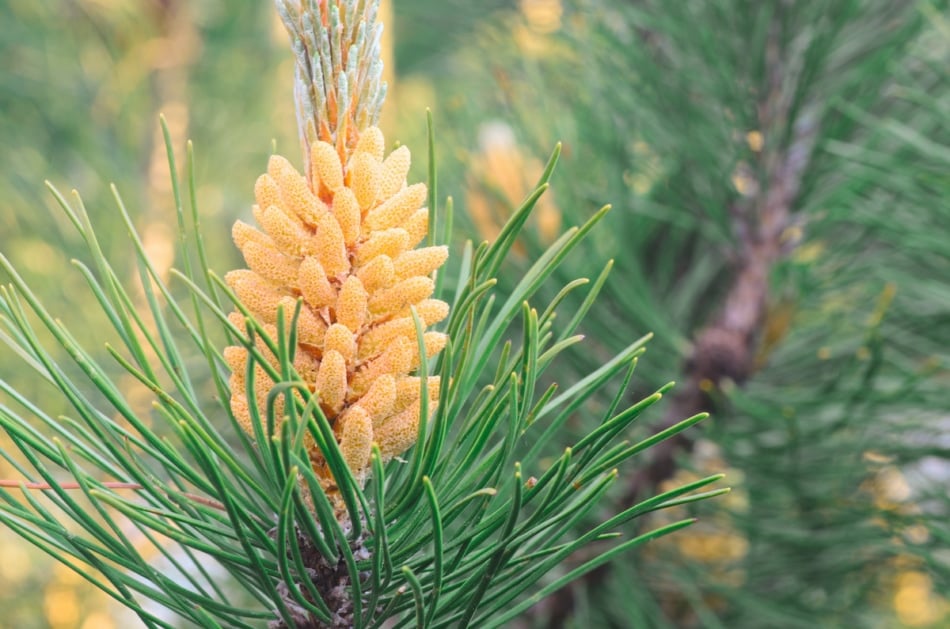
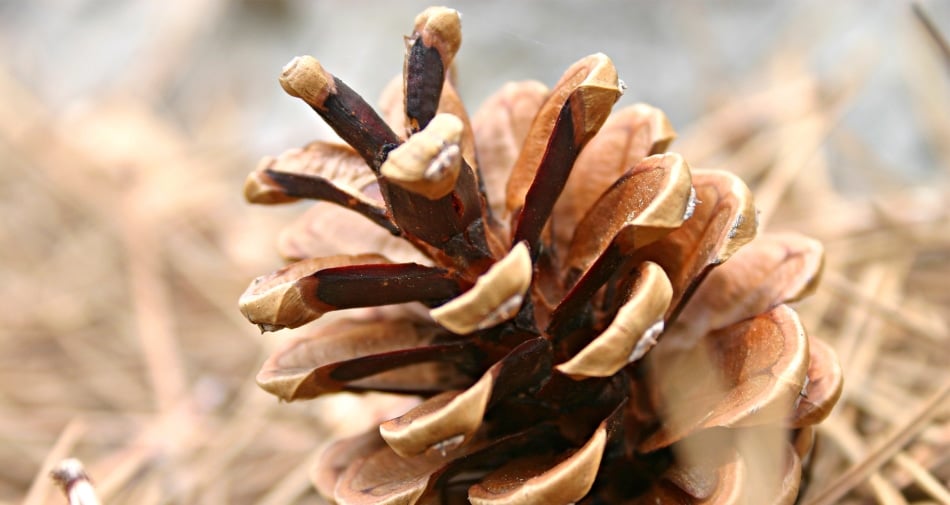
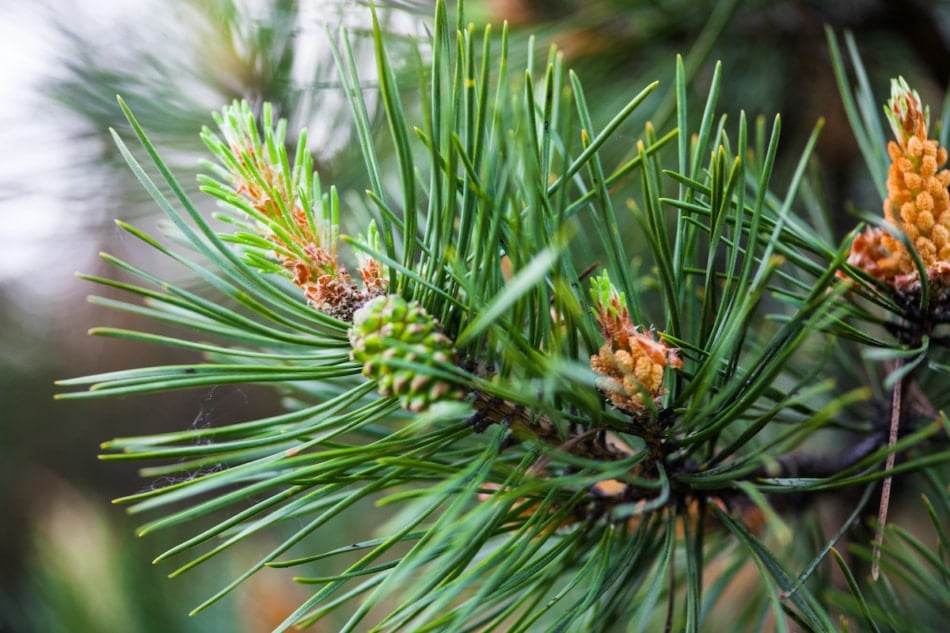


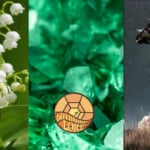
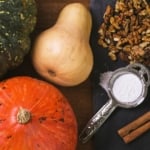
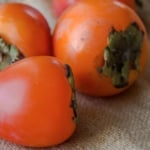

Is this yellow pine pollen harmful to any herbal plants I would put on my terrace? I live in an apartment.
LOL! Reading an article on the 2021 Annular Solar Eclipse and I see the headline for this article scrolling at the top of the page, and I’m having a sneezing attack (I never sneeze just once, it’s always multiples when I do sneeze). Reading the article after I’ve finished the eclipse one, and I’m going nope, nope, not applicable to me. I live in nw North Dakota, where there are very few trees, and definitely not ones listed in the article, near me to affect me to explain why I sneeze so much, and why it triggers attacks (multiples). If you know North Dakota, trees out here on the prairie are few and far between, and I live in a rural community that doesn’t have much in the way of trees, itself. It’s why the winds that blow out here don’t have anything to break them up, and we get almost constant wind, which is why wind farms do so well here. Oh well, back to the drawing board. It may just be me, a unique trait of mine. It doesn’t matter what time of year, I get these sneezing attacks. They pass, and I’m good for a while.
Hi Kodster, there are many allergens floating in the air, and certain plants, trees, grasses, flowers, release their pollen at different times. So it could be any number of things. A visit to an allergist will tell you exactly what you’re allergic to. I found out I’m allergic to all sorts of things myself. Good luck!